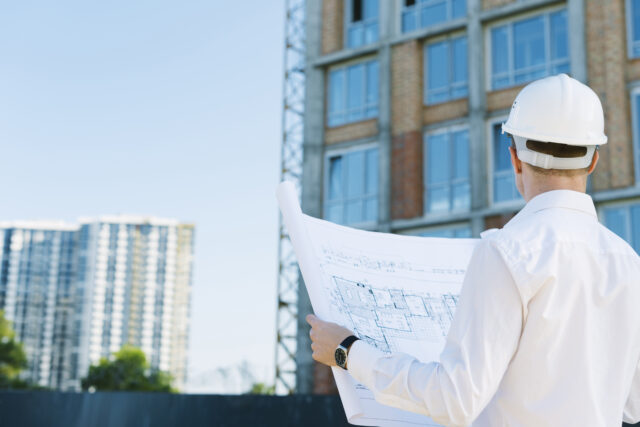Laying the Groundwork for Construction Excellence
Before the first footing is poured or structural steel is delivered, there’s a phase that dictates the success of the entire construction project: site preparation. It’s not just about moving dirt — it’s a coordinated, multi-disciplinary process that involves civil engineering, environmental science, geotechnical analysis, and logistics planning. At Prominent Builders, we’ve seen time and again that a well-prepared site reduces long-term costs, prevents structural failures, and accelerates build timelines.
1. Due Diligence & Land Feasibility Studies
Our site prep begins long before machinery hits the ground.
- Zoning and Permitting Checks: We evaluate municipal zoning laws, overlay districts, easements, and local development codes.
- Geotechnical Investigations: Core soil borings, groundwater table studies, and compaction testing help us determine the best foundation system (e.g., slab-on-grade, pile, or pier).
- Phase I Environmental Site Assessments (ESA): We identify any previous land uses that might have led to contamination (like petroleum leaks or industrial runoff).
- Utilities Map Review: Analyzing existing utility corridors allows us to avoid costly rerouting or accidental service interruptions.
2. Land Clearing & Grading
This phase includes more than just vegetation removal.
- Selective Tree Removal: When possible, we preserve mature, healthy trees that add long-term aesthetic and environmental value.
- Topsoil Stripping: We remove nutrient-rich topsoil and store it for later use in landscaping.
- Grading for Drainage: Using laser-guided machinery, we ensure proper slopes (typically 2% away from structures) to prevent water pooling and foundation erosion.
3. Soil Conditioning and Compaction
Soil that lacks bearing capacity or retains moisture can lead to foundation failure.
- Chemical Stabilization: For clay-heavy soils, we may use lime or fly ash to reduce plasticity and improve strength.
- Proof Rolling: We run heavy machinery across the site to detect soft spots that require rework.
- Compaction Testing: Using Proctor test results, we ensure the soil reaches optimal moisture content and compaction percentage (typically 90–95% of maximum dry density).
4. Underground Infrastructure Coordination
Installing utilities before vertical construction begins avoids costly rework.
- Trenching and Conduit Laying: We trench routes for water, sewage, electrical, gas, and fiber optics — following depth and slope regulations.
- Backflow Preventer Placement: Required for potable water connections, especially in commercial projects.
- Stormwater Retention Systems: We integrate underground tanks, bioswales, or permeable surfaces to meet DEP stormwater requirements.
5. Temporary Construction Access & Site Safety
Efficient movement of people and equipment is essential.
- Stabilized Construction Entrances: To minimize mud tracking and comply with erosion control codes.
- Staging Area Planning: We lay out zones for material drop-offs, waste bins, and equipment storage.
- Site Security: Temporary fencing, signage, and surveillance systems are installed for liability and theft prevention.
Great buildings are built from the ground up — literally. Site preparation is the hidden foundation of a successful build, requiring collaboration between architects, engineers, and builders. At Prominent Builders, our site prep protocols are rooted in engineering precision and decades of hands-on experience. It’s how we ensure every project starts strong.
Looking for expert remodeling guidance? Contact Prominent Builders today!

